Tax rates are historically low, but how long will they stay that way?
And what kinds of tax strategies can you employ that take advantage of those rates and may help lessen your tax burden – both as you near retirement and while in retirement?
The time is now to start learning about and implementing tax strategies that will give you more tax certainty during a time of uncertainty. Consider the numerous reasons tax planning is vital. Our exploding national debt, which recently surpassed $30 trillion, could cause tax increases at some point. Alarmingly, the national debt has nearly doubled in the past 10 years. And with income tax cuts in the Tax Cuts and Jobs Act of 2017 set to expire at the end of 2025, the clock is ticking. An increase in capital gains taxes and a wealth tax are other possibilities that some Washington politicians are debating.
It’s sometimes hard to look ahead and see a clear financial picture. Many people don’t realize, for instance, that their tax situation can change at different points in retirement. But knowing and applying different strategies can help you reduce the taxes you owe in your non-working years so you keep more of the money you’ve earned and invested. Here are three solid approaches:
Strategy No. 1: Roth conversions
What are your required minimum distributions (RMDs) going to be at age 72, when you have to start taking them? Complicating the uncertainty is not knowing what your tax rates will be in your retirement years. A safeguard to potentially help reduce your tax liability in retirement is to start making Roth conversions now, while tax rates are still low.
A Roth conversion is a transfer of retirement assets from a traditional IRA or 401(k) into a Roth IRA. The primary incentive of a conversion is to reduce taxes on the back end. Traditional IRAs or 401(k)s are tax-deferred accounts, meaning they’re not taxable until one begins taking withdrawals. At that point, every dollar you withdraw is taxed at your ordinary income tax rate. Some people mistakenly think they’ll be in a lower tax bracket in retirement, but they end up in a higher bracket due to having saved a significant amount of money. Between Social Security, RMDs and pensions, they’ll often remain in the same bracket or be pushed into a higher one.
With a Roth conversion, one pays taxes on the amount converted in a tax year but enjoys tax-free withdrawals in retirement, as long as you follow the rules. Also, Roths are not subject to RMDs. You can convert as much as you like from a traditional IRA into a Roth IRA, but it’s sometimes wise to spread these transfers out so as not to jump into a higher tax bracket in the years you are converting.
Bottom line: The best way to end up with tax-free income is to pay the taxes first, and there’s never been a better time than now to convert tax-deferred money into a Roth.
Strategy No. 2: Indexed universal life insurance
A great advantage of an indexed universal life (IUL) policy is that the death benefit is tax-free for beneficiaries. Cash value during the life of the policy accumulates tax-deferred. But since premiums are paid with after-tax money, a properly structured policy can allow for tax-free withdrawals in retirement.
Rather than growing based on a fixed interest rate, an IUL policy is tied to the performance of a market index, such as the S&P 500. When the market has a downturn, there are guarantees you can have in place on your principal against losses. There is, however, usually a cap on the maximum return one can earn. But there are no limitations on the amount one can contribute annually to their IUL, unlike an IRA or 401(k). This could be a good option for people who earn too much to qualify for a Roth IRA.
Strategy No. 3: Tax-loss harvesting
You can still win tax-wise even when you’re losing on some investments. Tax-loss harvesting allows you to sell investments that are down, replace them with similar investments, and offset realized investment gains with those losses.
This strategy is usually used to offset short-term capital gains taxes, which are generally taxed at a higher rate than long-term capital gains. Tax-loss harvesting only applies to taxable investment accounts. For married couples filing jointly, up to $3,000 per year in realized capital losses can be used to offset capital gains tax or taxes owed on ordinary income. Unused losses can be carried forward on future tax returns.
While taxes are just one of several considerations when analyzing your retirement assets, their significance in your overall planning process can’t be overstated. Working with an adviser and learning the strategies ahead of time can make a big difference.



